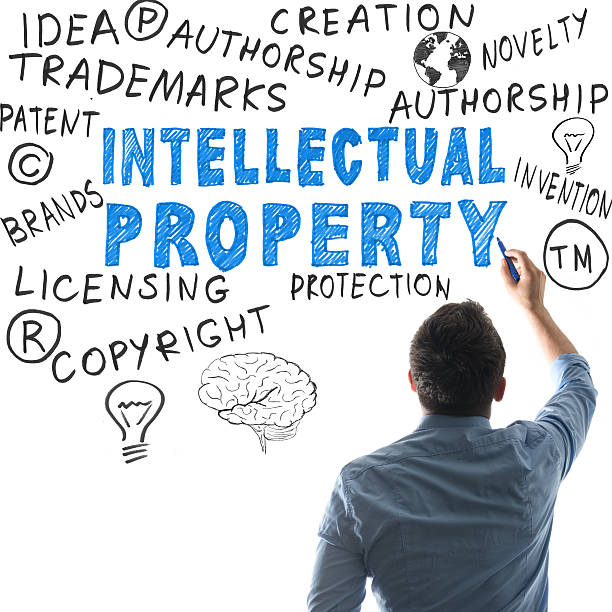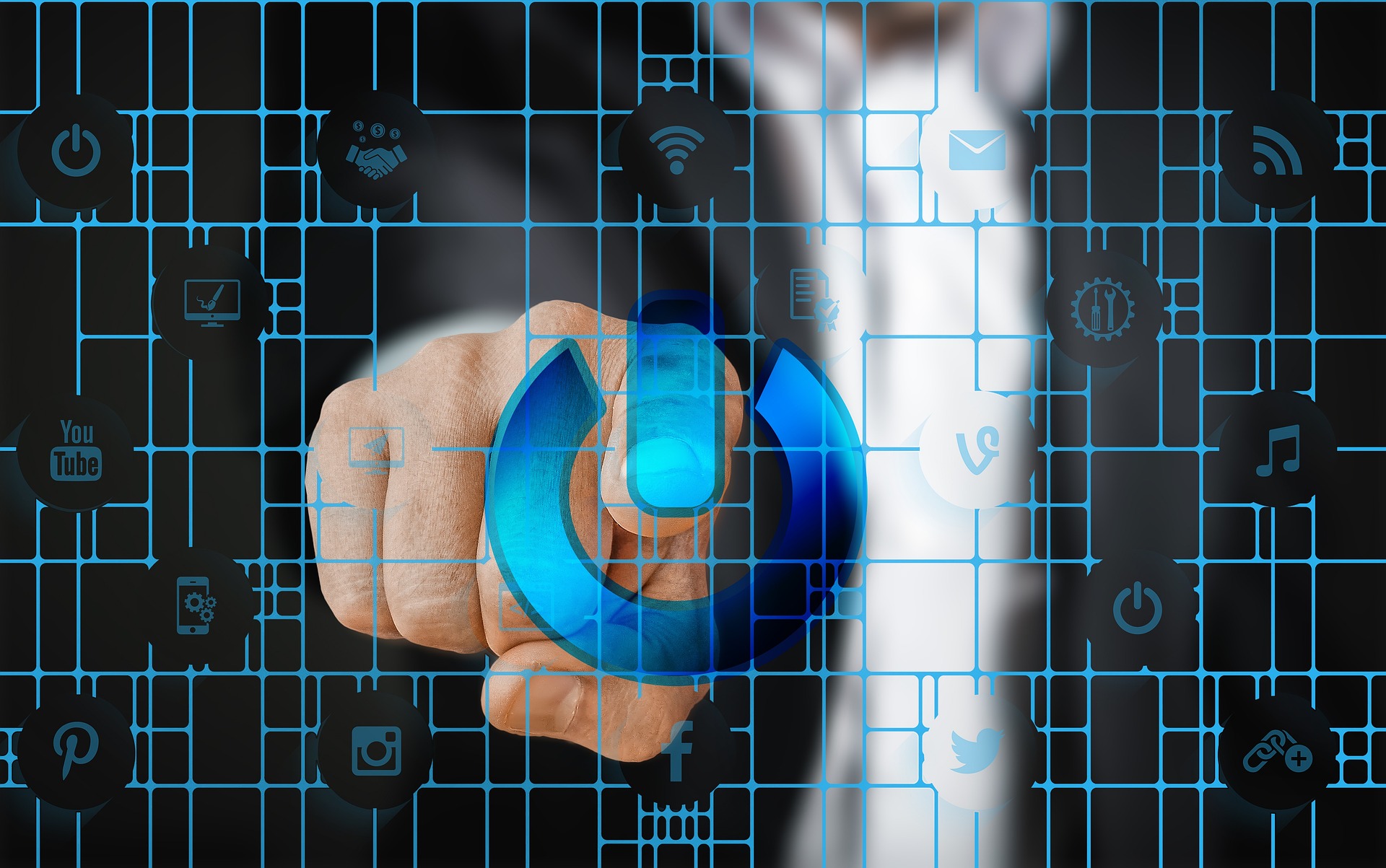Artificial intelligence (AI), which is a key component of the modern technological landscape, plays a crucial role in driving innovation within various industries. AI systems are becoming more sophisticated and are revolutionizing the way we do things. They are also creating innovative new products. These AI-generated creations raise important questions about intellectual rights and patent laws.
This comprehensive article will explore the complex world of “Intellectual Property Rights for AI Generated Patents.” We will examine the unique features of AI-generated Patents, discuss their importance, navigate the challenges, controversies, and the evolving legal framework. We will also provide insight into the strategies AI developers use to protect their innovations. Case studies from different industries and ethical considerations will be presented. We’ll also look into the future and predict how AI will affect the world of intellectual properties.
AI-generated Patents are a new frontier in intellectual property laws. Understanding their nuances will be crucial for anyone who is interested in the intersection between technology and law.

Understanding AI-generated Patents
AI-generated patents have become a significant product in our time. AI systems automatically invent solutions to complex issues. These inventions are found in a variety of fields from finance to healthcare.
The origin of AI-generated patents is what sets them apart. AI-generated inventions are not attributed to humans, as is the case with traditional patents. Instead, they are the result of AI algorithms. This shift in inventorship raises questions about the allocation of intellectual property rights and whether current legal frameworks can handle this new wave.
Take, for example, “DABUS“, an AI system created by Dr. Stephen Thaler. DABUS generated two inventions autonomously, a food jar and a flashing lamp. Patent applications were filed in several countries for these inventions, which sparked an international debate on the role of AI and patent law.
AI-generated patents are a game changer, because they challenge the traditional idea of inventorship. They also raise questions about the nature of innovation. These patents represent a fundamental shift in the way we protect and conceive intellectual property.
We will examine the challenges and opportunities that AI-generated intellectual property presents, as well as the legal framework which governs it. We will also provide advice on the best strategies to use for AI developers in terms of intellectual property. We’ll also provide case studies to illustrate the practical implications and ethical issues of AI-generated Patents across different industries.
This article is intended to be a comprehensive resource for anyone looking to navigate the complicated terrain of intellectual rights in an age of AI. You’ll gain valuable insights, whether you’re an inventor, a tech enthusiast or a lawyer, as we explore this fascinating intersection between technology and law.
Intellectual Property Rights: What is their role?
The importance of protecting AI generated inventions is not to be underestimated, as AI continues its penetration into various industries. Intellectual property rights are the cornerstone of safeguarding these innovations. Explore the various types of intellectual rights.
Patents
Inventions created by AI are protected with patents. Patents grant the inventors exclusive rights to use, make and sell their inventions, usually for a period of 20 years. The traditional patent system is not as effective when AI generates patents.
A patent must meet certain requirements, including that the invention be new and not obvious. AI systems can generate innovative solutions, but they may be obvious to an expert. This raises the question of whether AI-generated innovations meet patentability criteria.
Copyright
The copyright law protects creative original works such as music, literature, and art. Copyright can be applied to AI-generated material. If an AI creates music or literature, for example, the question arises as to who is the owner of the copyright. Is it the AI developer, or the AI?
Trademarks
Trademarks play a vital role in protecting and branding products and services. Businesses use AI in the AI world to create logos and slogans. The question of trademark ownership and the protection of AI-generated branding material is raised.
It is difficult to balance innovation with protection in the current intellectual property framework. It is necessary to reevaluate traditional criteria, and develop new legal and ethical structures that take into account the unique features of AI-generated innovations.
Challenges & Controversies
AI-generated Patents present several challenges and controversies which require careful consideration. The requirements of non-obviousness and novelty for patents are significant obstacles for AI-generated innovations. AI systems are often based on large datasets. Determining whether an AI-generated invention is truly novel or non-obvious may be difficult.
Determining who is the author or inventor of an AI-generated creation can be a difficult issue. The traditional patent and copyright laws assume human inventors and writers, which leaves AI-generated creations a legal grey area. This raises the question of who should be credited for AI-generated innovation.
The ownership of AI-generated inventions may be a contentious issue. When AI is created by a group or organization, there may be disputes over the ownership of the AI-generated creations. To resolve these disputes, clear contracts and precedents are needed.
AI generated patents raises broader ethical and legal concerns. Should an AI system that generates an invention patentable entirely independently be considered a separate legal entity? What are the obligations of AI developers to ensure responsible AI usage and prevent infringements on others’ rights? These challenges and controversy highlight the need for an adaptive and nuanced approach to intellectual rights in an era where AI-generated patents are the norm.
Legal framework for AI-generated patents
It is difficult to navigate the complex legal landscape that AI-generated patents create. Understanding the existing patent laws is essential to addressing the unique challenges presented by AI inventions. Let’s examine the legal framework more in detail.
Existing Patent Laws: National and international patent laws are the foundation of patent protection. These laws have been in place for a long time and are effective at protecting inventions created by humans. However, they fall short of the mark when it comes to AI-generated patents.
In many patent laws, inventions must be made by “a natural person” or “an inventor.” This terminology is not easily adaptable to AI systems. It leads to confusion and legal debates. Legal systems around the world are deciding whether to amend laws in order to include AI-generated inventions.
Landmark Cases and Jurisprudence: Courts, patent offices and AI-generated patents are being increasingly asked to decide on AI-generated Patents. Landmark cases such as the DABUS decision have brought clarity to the law. These cases have set precedents for how AI-generated Patents are treated.
In the DABUS matter, different patent offices came to different conclusions about whether AI could be listed as an innovator. These differences highlight the lack of uniformity when addressing AI-generated Patents and the necessity for more comprehensive legal advice.
Proposed changes and International Perspectives In order to address the challenges presented by AI-generated inventions, many countries and international organizations are examining or implementing new patent laws. Others have advocated for AI to be recognized as a legal entity or person for the purposes of patents, while some propose recognizing AI for this purpose.
The European Patent Office (EPO), for example, issued guidelines that AI could not be named as an innovator, highlighting the need for human inventorship. The United States Patent and Trademark Office issued a public notice asking for input on AI inventorship. This was a more open-minded approach.
These perspectives from around the world demonstrate the importance of a global approach in addressing the legal issues arising out of AI-generated patents.
Intellectual Property Strategies for AI Developers
As AI technology advances and becomes increasingly integrated into various industries, it’s imperative for AI developers to adopt robust intellectual property (IP) strategies to protect their innovations. In this section, we will explore the strategies that AI developers can employ to safeguard their creations.
Patenting AI-generated Inventions:
Understanding the Patenting Process
AI developers should gain a thorough understanding of the patenting process. This involves conducting comprehensive prior art searches to ensure the novelty of the invention and preparing detailed patent applications.
Meeting Patentability Criteria
Developers should focus on developing AI-generated inventions that meet patentability criteria, such as novelty, non-obviousness, and utility. Documenting the inventive steps of AI algorithms and their practical applications is crucial.
Transparency in Invention Disclosures
Maintaining transparency in disclosing the AI’s role in inventing the patented technology is essential. Clear documentation of AI-generated solutions can help address inventorship and ownership disputes.
Copyright and AI-generated Content:
AI developers creating art, music, literature, or other creative content should consider registering copyrights for these works. While copyright law typically attributes authorship to humans, developers can assert ownership over AI-generated creations by demonstrating their involvement in training and guiding the AI. Developers should also be aware of fair use and public domain considerations when using AI to create content. Understanding copyright limitations and exceptions is vital to avoid infringement.
Trademarks and AI-generated Branding:
AI developers seeking to create and protect branding materials using AI should focus on building and maintaining a consistent brand identity. This includes registering trademarks for logos, slogans, and other distinctive elements.
Regularly monitoring the use of AI-generated branding materials is essential to protect against trademark infringement. Developers should be prepared to take legal action when necessary to safeguard their brand’s integrity.
By adopting these strategies, AI developers can navigate the complex terrain of intellectual property rights and ensure that their innovative creations are adequately protected. However, it’s important to remember that the legal landscape surrounding AI-generated patents is still evolving, and developers should stay informed about relevant legal developments and precedents.
Ethical considerations
The rise of AI generated patents raises a number of ethical issues that require close scrutiny. These ethical concerns go beyond intellectual property rights to include the wider implications of AI innovation.
Transparency of AI-generated inventions
The transparency is a key pillar in ethical AI development. It is important to be clear about the role of AI systems in the creation process when they generate inventions autonomously. This transparency ensures not only that the patent system is maintained, but also that all stakeholders are able to assess the source of innovation. It helps to prevent misrepresentation, and allows informed decisions about the validity of AI-generated Patents.
Accountability of AI Actions
Accountability is a complex issue. It is important to determine who is responsible for AI system actions and their consequences. The responsibility for AI systems should be shared by developers, users and organizations. Users should use AI ethically, while developers must create AI systems that adhere to ethical guidelines. Organizations should also establish clear accountability lines for AI-generated inventions. Clear chains of accountability help to address issues like patent infringement and unethical AI behaviors, ensuring those affected have recourse as well as that ethical standards are maintained.
Ethical patenting
Beyond the legal implications, the ethical implications are important when it comes to patenting AI-generated innovations. When deciding to patent AI-generated innovations, developers should use ethical judgment. They should examine the possible consequences of their innovations on society, and determine whether patenting could lead to harmful outcomes or moral dilemmas. In order to practice responsible patenting, it is important that you make choices in line with your ethical values and the welfare of society. This applies even when laws are not as prescriptive.
Responsible AI Design
The ethical basis of AI-generated inventions starts with responsible AI design. The developers must focus on responsible AI design. They should minimize biases and ensure that AI-generated inventions are positive for society. To prevent inventions that may harm people or society, it is important to adhere to ethical principles during the AI development cycle.
Legal Frameworks and Ethical Frameworks
Policymakers, legal experts and other stakeholders must collaborate to create comprehensive legal and moral frameworks that tackle the many challenges presented by AI-generated Patents. These frameworks need to evolve along with AI technology, and the changing ethical landscape. It is important to have a dynamic and flexible legal framework that will allow ethical considerations to be incorporated into patent law and practice.
